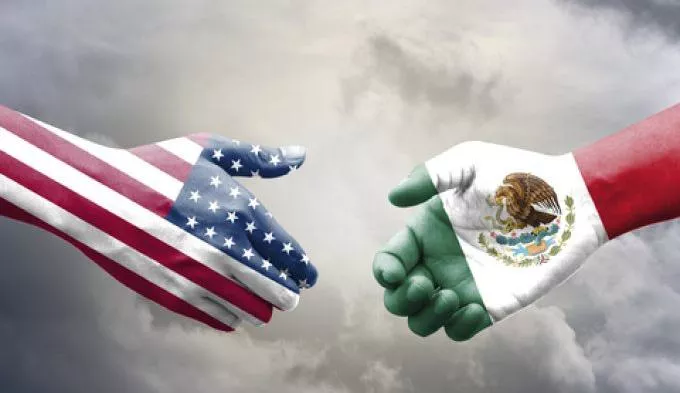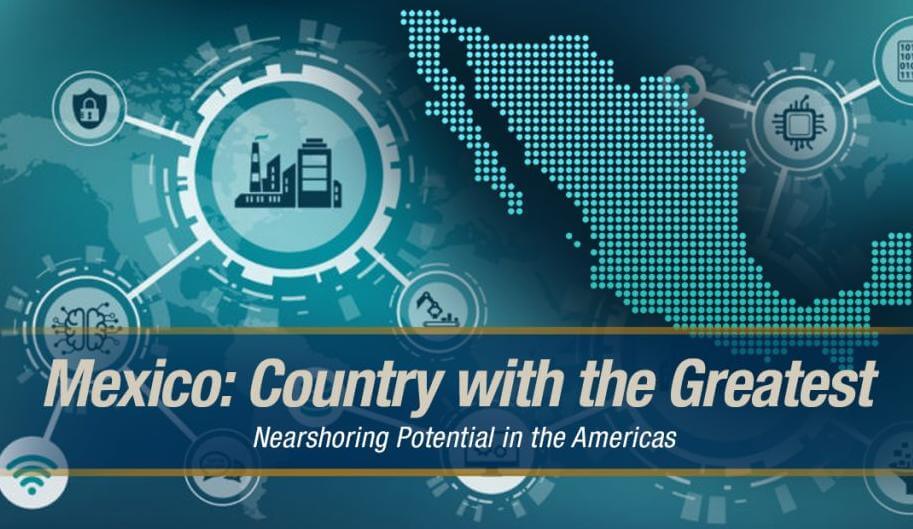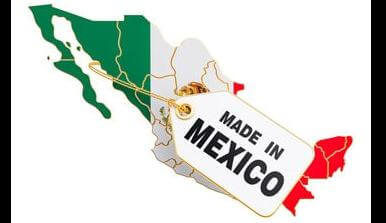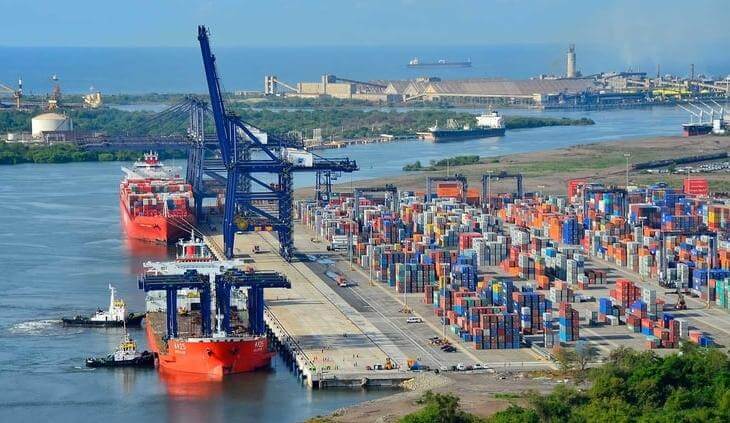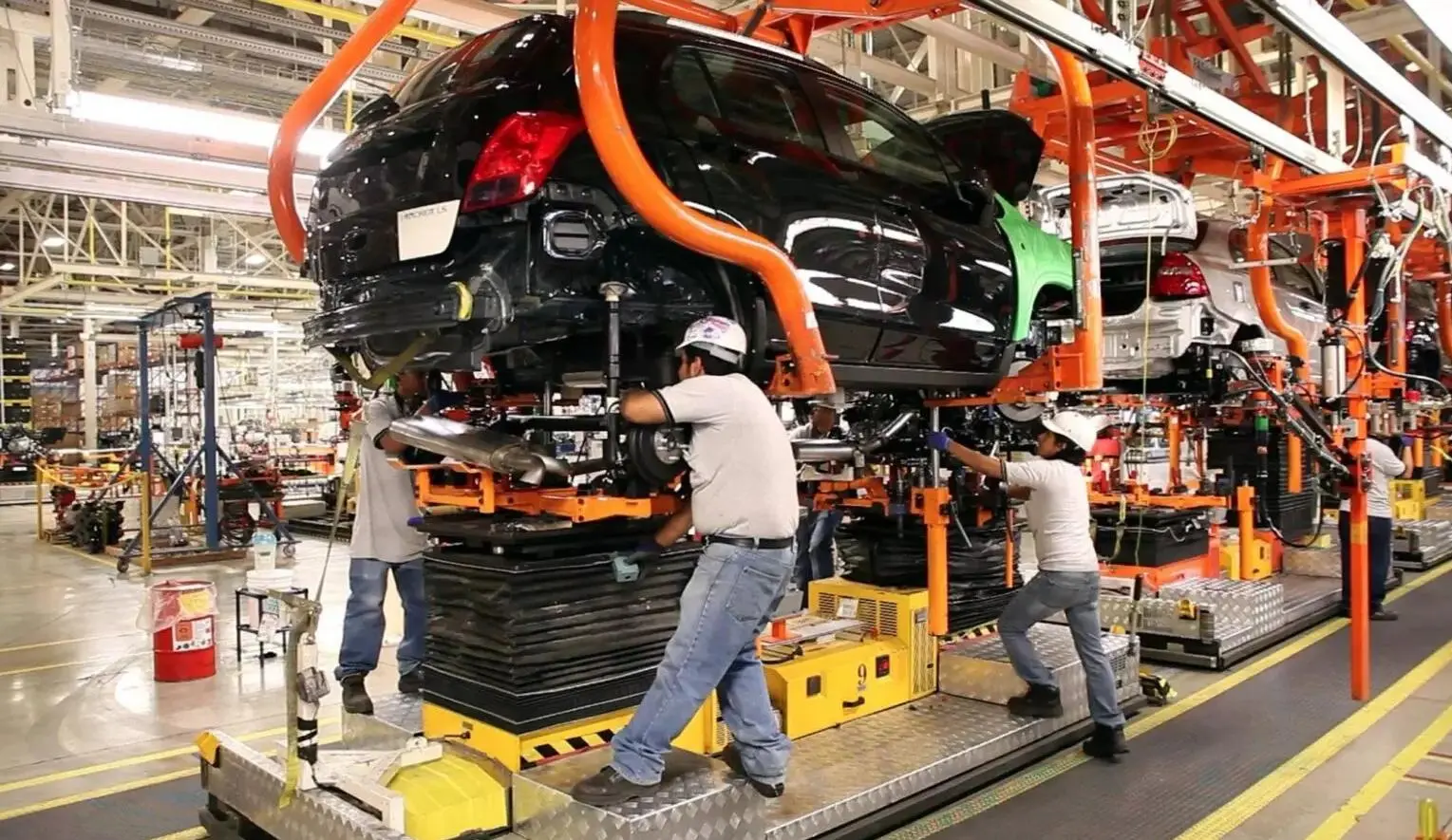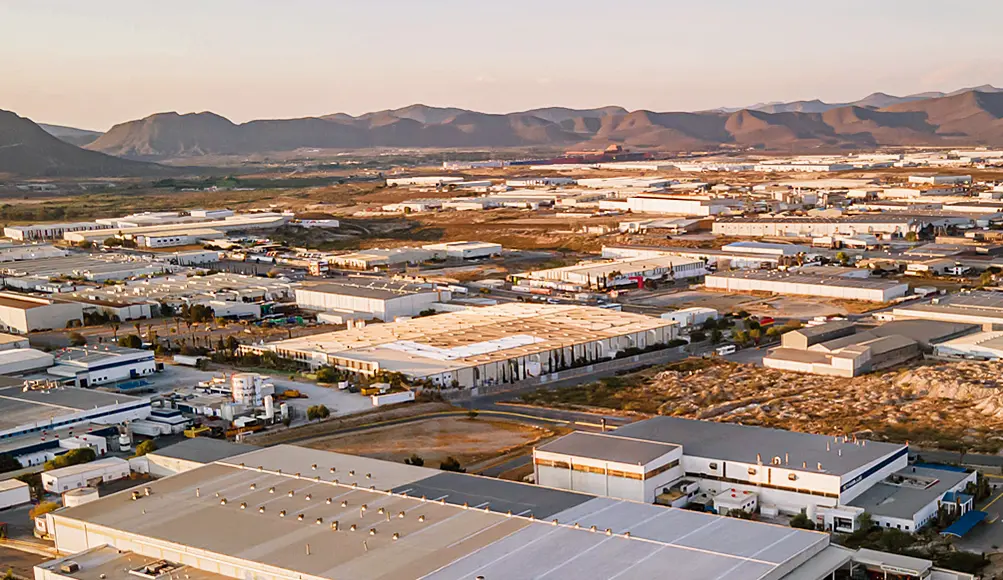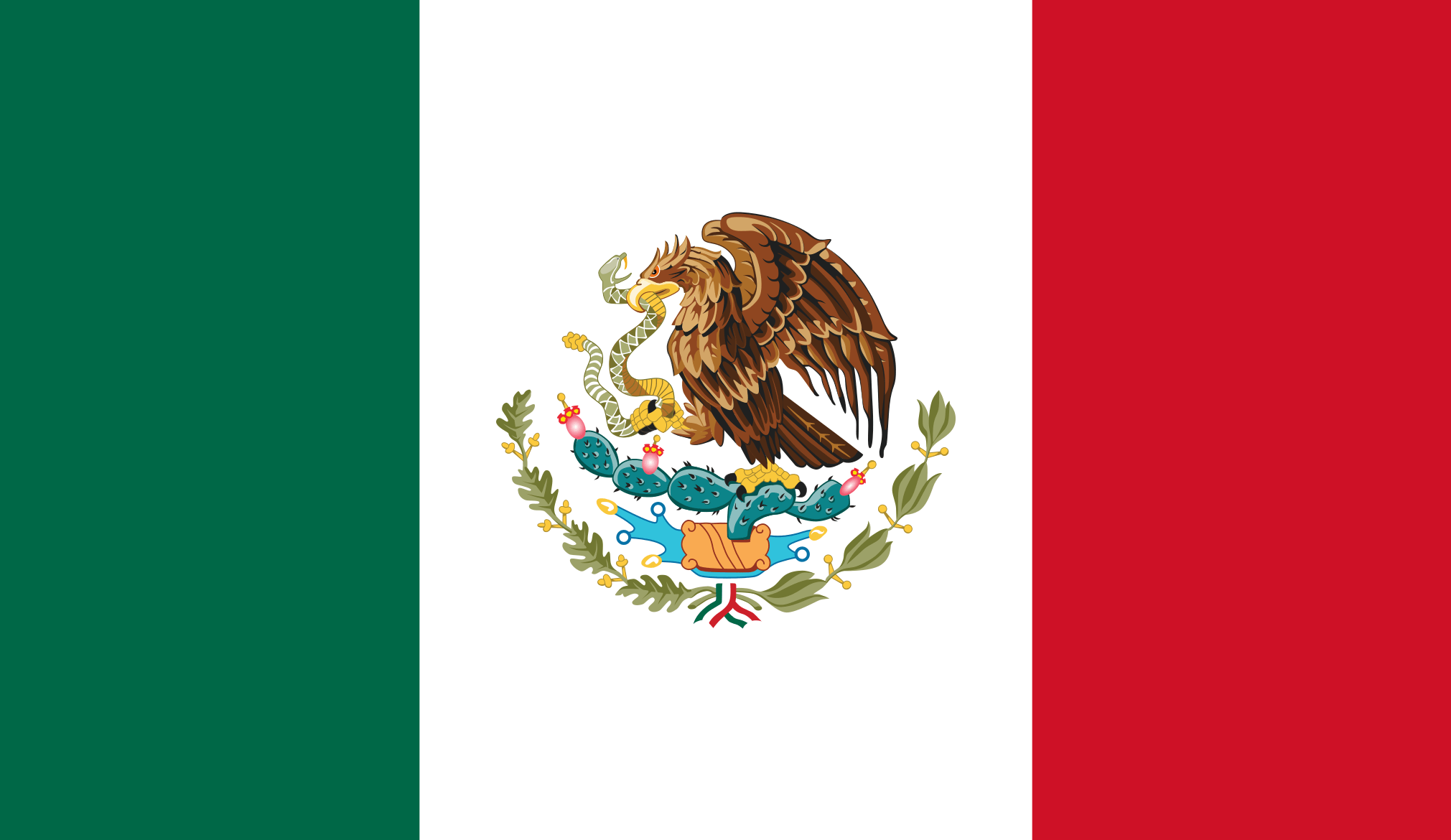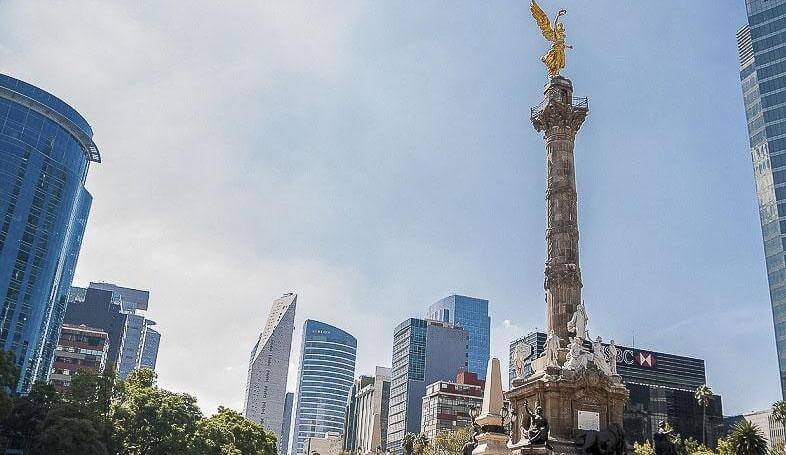Many who read this will wonder why it needs to be written. After all, wouldn’t it be obvious? But I have it on good authority from those in the supply-chain-sourcing trenches that most companies do not consider geopolitical risk when choosing countries to source from.
Successful companies spend a great deal of time and attention going into excruciating detail following all the microtrends within their own industries in order to identify opportunities as well as risk as they seek to grow their companies. And it is absolutely mission-critical that they do so.
But we must not lose sight of the bigger picture concurrently. Geopolitical and geoeconomic events that are far more powerful than any of the industry trends can render all the microplanning moot. The trouble is that most of us don’t foresee them: for instance, the financial meltdown, the coronavirus pandemic and even Russian’s invasion of Ukraine.
As a sign in a gas station in my hometown said: “One aw-s**t wipes out all atta-boys”
Today, there is one potential geopolitical threat on our horizon that would have massive detriment to both the global economy and individual companies. This threat is foreseeable and in an instant would make all the detailed industry-sector-level strategic planning moot.
With tremendous reliance on China and Taiwan, the West’s supply chains are at high risk if any form of conflict erupted between the U.S. and China, or between China and Taiwan. A China-Taiwan crisis would make the western economic impact of the Russia-Ukraine war look like a drop in the ocean by comparison.
We all chased the lowest price on one item after another until the number of items was massive and our reliance on them became critical. And I must confess I was a young analyst at the time supporting outsourcing to Japan in the 1980s, and China after that. And hence I was part of the problem.
Imagine if a hot war resulted in some semiconductor manufacturing plants being destroyed. In World War II, bearing plants were key targets because literally anything in a conventional armed conflict requires bearings. Bearings then are like semiconductors today. Destroy them and there are no new smart weapons, and civilian manufacturing in the west ceases, too—as happened in certain sectors with the recent semiconductor shortage. And it isn’t just semiconductors—it is every single part that Western companies source from China and Taiwan. They would all be at risk.
Or imagine more of a standoff, in which the U.S. goes to Taiwan’s aid to resist China’s coercion to reunite, so the U.S. Navy blockades the sea lanes from China and Taiwan to the western countries and mines critical pinch points. In that scenario, even though there is no hot war, container ships cannot make it through, crippling Western supply chains for all goods. It would not be economical to fly every single part over the naval blockade—and there could be no-fly zones as well.
What Can be Done?
But there is something Western companies can do to prepare for this, even though we have no way to know for sure if or when it may occur. And while it would take a lot of focus and effort, it is absolutely achievable.
The typical design for a manufactured part has a five-to-seven-year lifecycle, and then that specific part either is never made again or replaced by a new-and-improved design.
I implore company boards of directors and chairmen/CEOs to instruct their supply chain leaders to put together a plan to completely be out of China and Taiwan within 10 years.
And not only do you need to stop being dependent upon China and Taiwan directly—you also need to make sure that your non-Chinese and non-Taiwanese suppliers are not dependent on Taiwanese and Chinese sub-suppliers that could also shut them, and thus you, down.
It isn’t that hard in concept, just a lot of work. Simply set a date after which absolutely no new design or replacement design part will be allowed to be sourced from China or Taiwan, and all currently sourced products will phase out before that time frame is over. Even if things go bad sooner, you will have less exposure than you would have if you simply hoped for the best instead. This approach is so much preferable and less resource-intense than if one sought to re-source currently sourced products. These resources will need to be focused upon identifying new sources outside of the larger sphere that China might threaten as part of such a scenario.
Some manufacturing might come back to the U.S., but more likely to Mexico. And any higher piece-price will have to be considered the insurance premium for avoiding the worst-case scenario. In the worst case, if companies move out of China and Taiwan but nothing happens at the geopolitical level, then supply chains will have been made more robust for the long-term through more nearshoring and onshoring.
We are very fortunate that the amount of supply chain dependency on Russia and Ukraine, with the exception of energy and grain, is very minimal. Let it be a reminder that bad actors are all around us, just waiting for their turn to strike.
The journey of a thousand miles begins with the first step. If we don’t start now with the first steps, we will be in a situation like Europe is now—addicted to and dependent upon oil and gas from Russia. Take that first step, and the steps after that.
